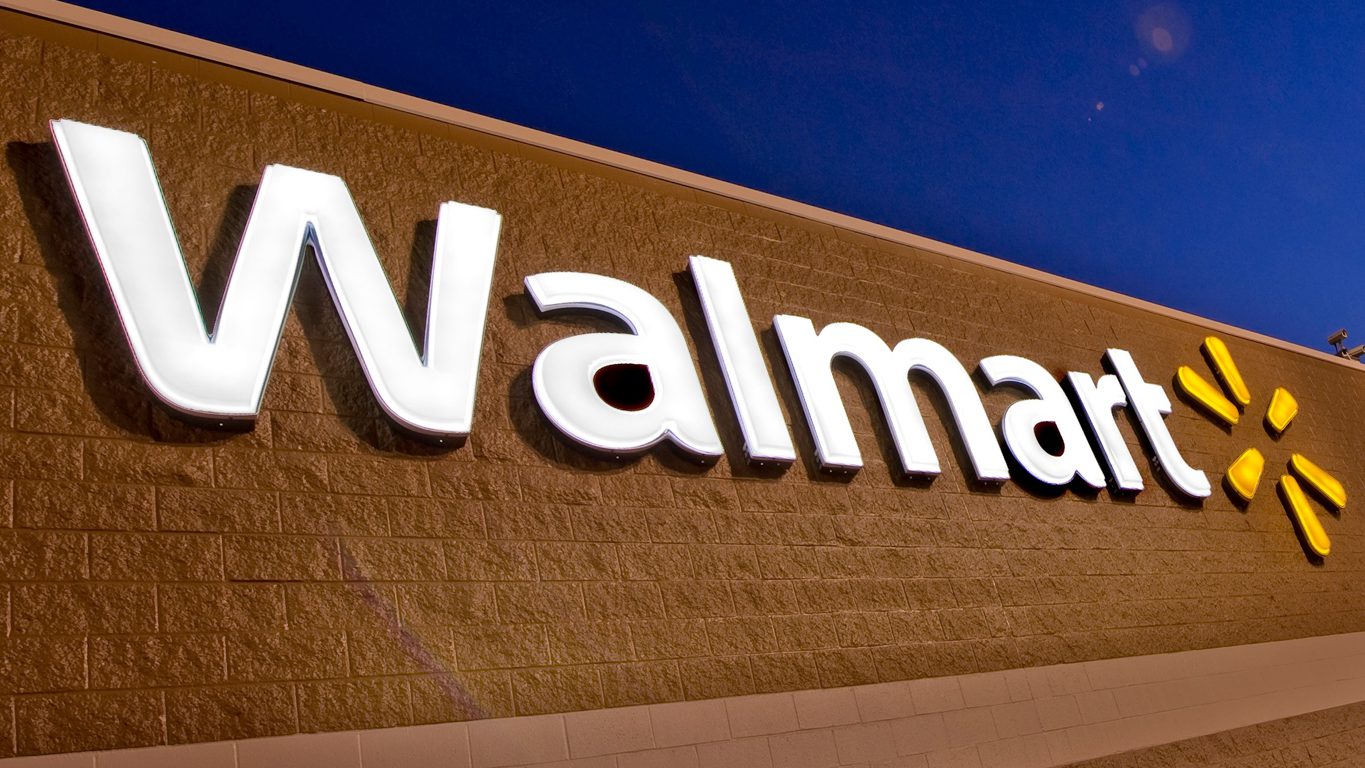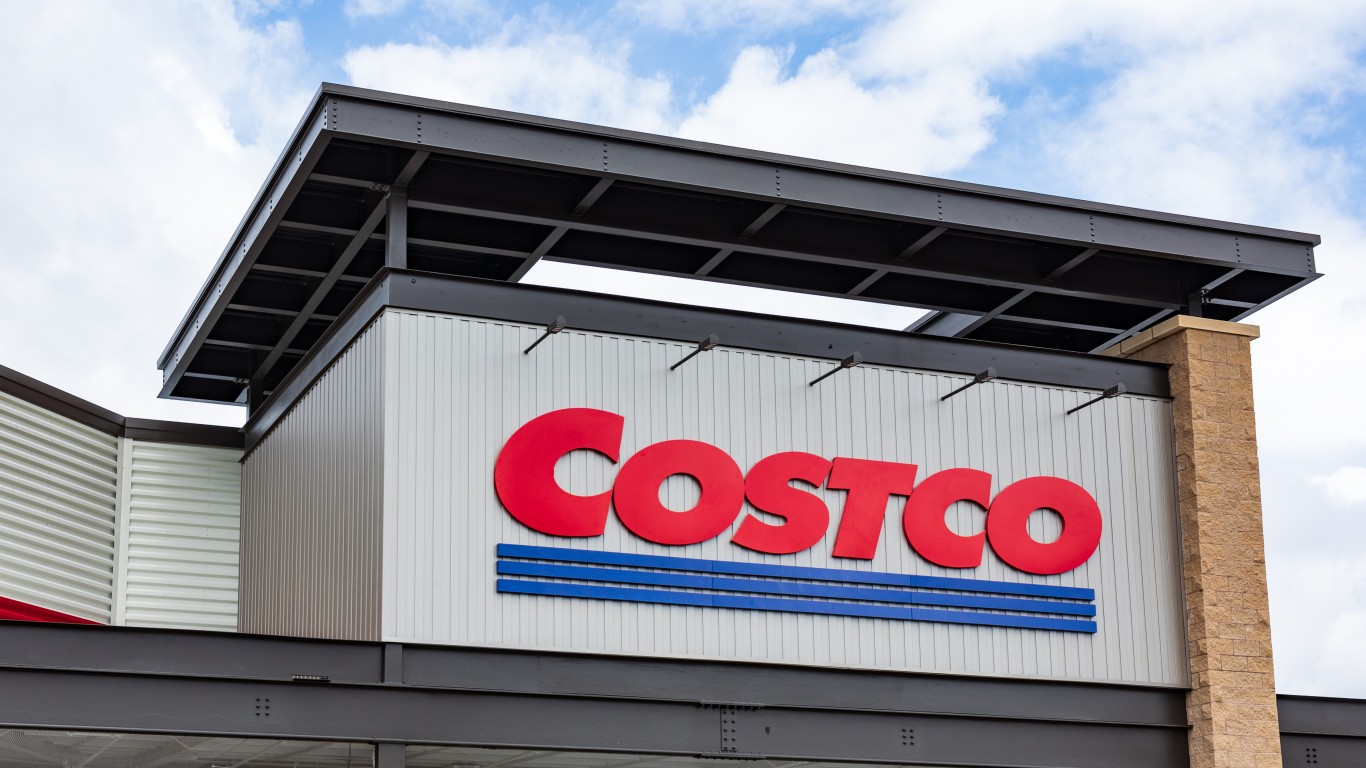
The push for a $15 an hour minimum wage for fast-food and some retail workers has been gathering steam for a few years now. The two chief targets have been McDonald’s Corp. (NYSE: MCD) and Wal-Mart Stores Inc. (NYSE: WMT). The retailer often held up as a model for paying a living wage is Costco Wholesale Corp. (NASDAQ: COST).
Costco raised its starting hourly wage to $13 earlier this month, up by $1.50 an hour and the first rate hike for entry-level workers in nine years. Costco’s average hourly pay reportedly exceeds $20 an hour.
Wal-Mart raised its minimum wage to $9 an hour last year and to $10 an hour in February of this year. On average, a full-time worker at Wal-Mart earns $13.38 an hour.
A new study released Thursday by the National Center for Policy Analysis (NCPA), a conservative think tank based in Dallas, questions the push for a minimum $15 an hour wage for all retail workers. According to the study, Bureau of Labor Statistics (BLS) data show that the average hourly earnings of retail non-supervisory workers was $14.90 in October of 2015.
The difference between Wal-Mart pay and Costco pay is a function of the two companies’ business models, according to the study. Including its Sam’s Club and Neighborhood Market stores, Wal-Mart operates 5,300 stores, compared with 447 Costco stores. The study notes there are more differences than just the Costco membership fee:
[Costco] offers relatively fewer choices to customers compared to Walmart. Costco is geared toward a smaller, more selective clientele than Walmart. Costco stores tend to be located in more affluent neighborhoods and a higher percentage of Costco’s customers are business buyers.
The study also notes research from Kantar Retail: “[T]he average Walmart shopper is a white, 52-year old female, with an annual household income of $52,125.” Costco shoppers, on average, earn $85,000 or more, according to the study.
Costco’s most frequent shopper is a white woman from a large household, with $50,000 plus in annual income according to the NCPA, and she is “offset by Costco’s target customers–small business owners with $100,000+ incomes.”
Store location also matters in the comparison. Costco stores are almost all located in higher income areas while Wal-Mart stores show a slight bias toward mid- to lower-income counties. One effect of a store’s location is that labor costs can be more easily passed on to higher-income customers who are less sensitive to price changes than lower-income customers.
Earlier this month we reported on a study by Perfect Price that showed the average ticket for a Costco customer was $136 compared, with an average ticket of $81 at Sam’s Club and $55 at Wal-Mart’s supercenter and discount stores.
The NCPA study concludes:
[A]n artificially high wage paid for a job that can be done by an already large supply of lower skilled workers does not make sense from a business standpoint, nor does it provide much incentive to a worker to gain additional education, knowledge and skills in order to earn higher wages in the future.
The study also notes that advocates for higher wages argue that putting more cash in the pockets of low-wage workers generally boosts the economy by enabling them to buy more goods and services. The NCPA does not agree:
But this argument ignores the potential increased price of products as a result of labor costs being passed on to consumers. If lower income earners are already as price-sensitive as the literature suggests, making basic goods more expensive for them is not going to financially benefit them, particularly if they have large families with several dependents who do not work.
The NCPA study is titled “Should Walmart Imitate Costco? The Variation in Retail Wages.”
Are You Ahead, or Behind on Retirement? (sponsor)
If you’re one of the over 4 Million Americans set to retire this year, you may want to pay attention.
Finding a financial advisor who puts your interest first can be the difference between a rich retirement and barely getting by, and today it’s easier than ever. SmartAsset’s free tool matches you with up to three fiduciary financial advisors that serve your area in minutes. Each advisor has been carefully vetted, and must act in your best interests. Start your search now.
Don’t waste another minute; get started right here and help your retirement dreams become a retirement reality.
Thank you for reading! Have some feedback for us?
Contact the 24/7 Wall St. editorial team.
 24/7 Wall St.
24/7 Wall St.


